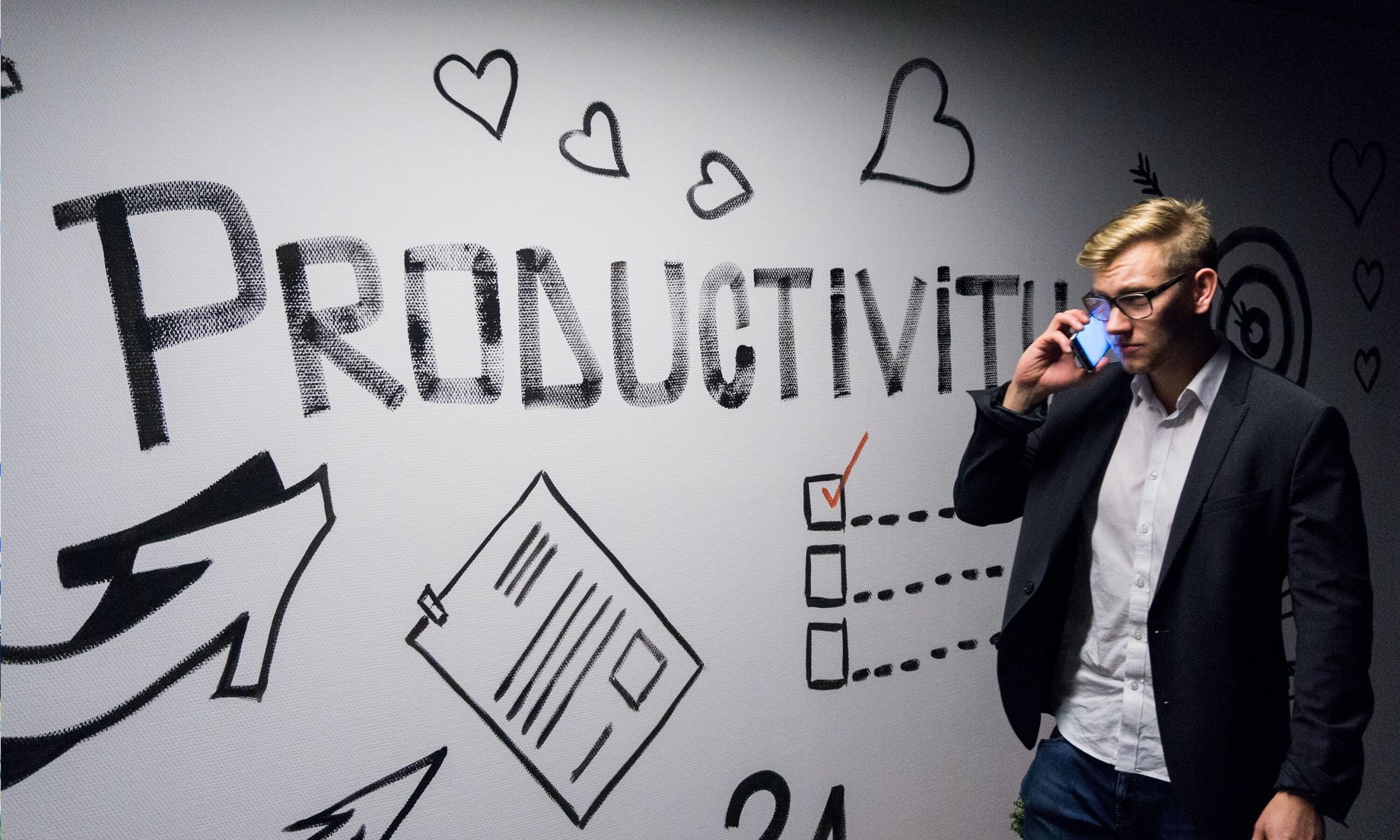A great meeting coordinator can get a group to brainstorm, discuss, and, most importantly, decide upon many things in a short amount of time. The challenge is that many organizations do not have a specialized facilitator to fulfil that position.
As the modern workplace grows more collaborative and digital, it is becoming increasingly necessary for all team members to understand how to conduct efficient meetings.
Here are six facilitation techniques that’ll help you lead the next productivity-boosting meeting with confidence.
1. Start Meetings with a Quick Check-in
Check-ins position everyone in the room to pay attention to the meeting and one another.
During your check-in, ask questions such as –
- What’s on everyone’s mind before we get started with the agenda?
- What is one thing you intend to accomplish during today’s meeting?
- What one word best defines your current state of mind?
Check-ins take only a few minutes and result in substantial benefits. They allow individuals to get to know one another better and bring people’s attention to the room, ensuring that everyone is mentally present for the discussion.
2. Establish Question-based Meeting Agendas that Promote Participation
One of the most crucial aspects of being a facilitator is a neutral status, which entails raising areas of concern or opportunities, preferably in question form. A well-crafted question can help make complex topics more manageable and encourage other members to share their expertise on the subject.
Instead of posting a common agenda like “discuss marketing strategy”, try listing out question-based formats such as – “what major market risks require our attention and how can we best prepare for it?”.
This agenda strategy helps set the meeting tone and help members think of answers beforehand.
3. Delegate Specific Meeting Roles
It is acceptable, even wise, for a facilitator to delegate tasks such as note-taking and time-keeping to others.
Allowing attendees to contribute fosters a sense of collective ownership of the meeting’s success.
Remember to rotate the responsibilities at each meeting so everyone has the opportunity to engage and contribute.
4. Create Opportunities for Engagement
The facilitator should be mindful that certain group members may be less outspoken than others, though their opinions remain just as crucial. The facilitator should establish an environment of equality in which they can participate.
Establishing meeting rules underpinned with inclusivity is of paramount importance. Look to those attending the meeting to help contribute to these understandings so that their shared ownership of the expectations increases the likelihood of adherence to them.
When facilitating discussion, ask simple open-ended inquiries to spark their curiosity and elicit responses. Use questions such as –
- What do you think?
- What would you do? and
- Do you have any other ideas?
Given these questions will be asked without notice, offer people the opportunity to “pass” or nominate for the conversation to “circle back” so that those less forthcoming individuals don’t feel put on the spot.
If time allows, consider separating participants into small groups to encourage quieter team members to participate. Then, bring everyone back to the whole group and ask for highlights of the chat.
5. Review and Combine Ideas for Greater Focus
Once all participants have had the opportunity to respond to the question the meeting is to address, it’s important that those ideas are organized and assessed. Once all participants are on the same page, it’s possible to shape agreed action points.
With all ideas collated, the facilitator can work with participants to –
- Review all of the ideas
- Identify any ideas that can be grouped together
- Vote on the ideas they wish to bring forward to discuss
Involving participants in such a sense-making activity can help them better understand the connection between multiple ideas. It also ensures that the meeting’s time is spent focussed on the more important matters.
Using meeting facilitation tools can be of great help in supporting this process. Such tools can also add value as they transparently capture and report back on the ideas generated by the meeting.
6. Conclude with a Quick Debrief and Plan Follow-ups
Debriefing time should be set aside at the end of the meeting.
Facilitators can improve retention of meeting outcomes by summarising –
- The issues covered
- Information acquired
- Decisions made, and
- The tasks and individuals accountable for their delivery
Finally, following the meeting, ensure there is follow-up with participants.
Valuable progress can be achieved at a meeting, but it is meaningless if there is no follow-up to ensure proper execution of the agreed action points.
Final Thoughts
Meeting facilitation is a valuable transferable skill.
While someone new to the facilitation space may make errors; that’s fine! One doesn’t have to be a master facilitator to save a team hours of wasted time.
Facilitation skills will grow as they are practiced, which is why the most valuable advice to a would-be facilitator is –
Get out there, and start practicing!
GroupMap is a real-time online brainstorming and group decision-making tool that dramatically improves the output of team brainstorming activities.
Start a free trial and boost your company’s productivity today!
